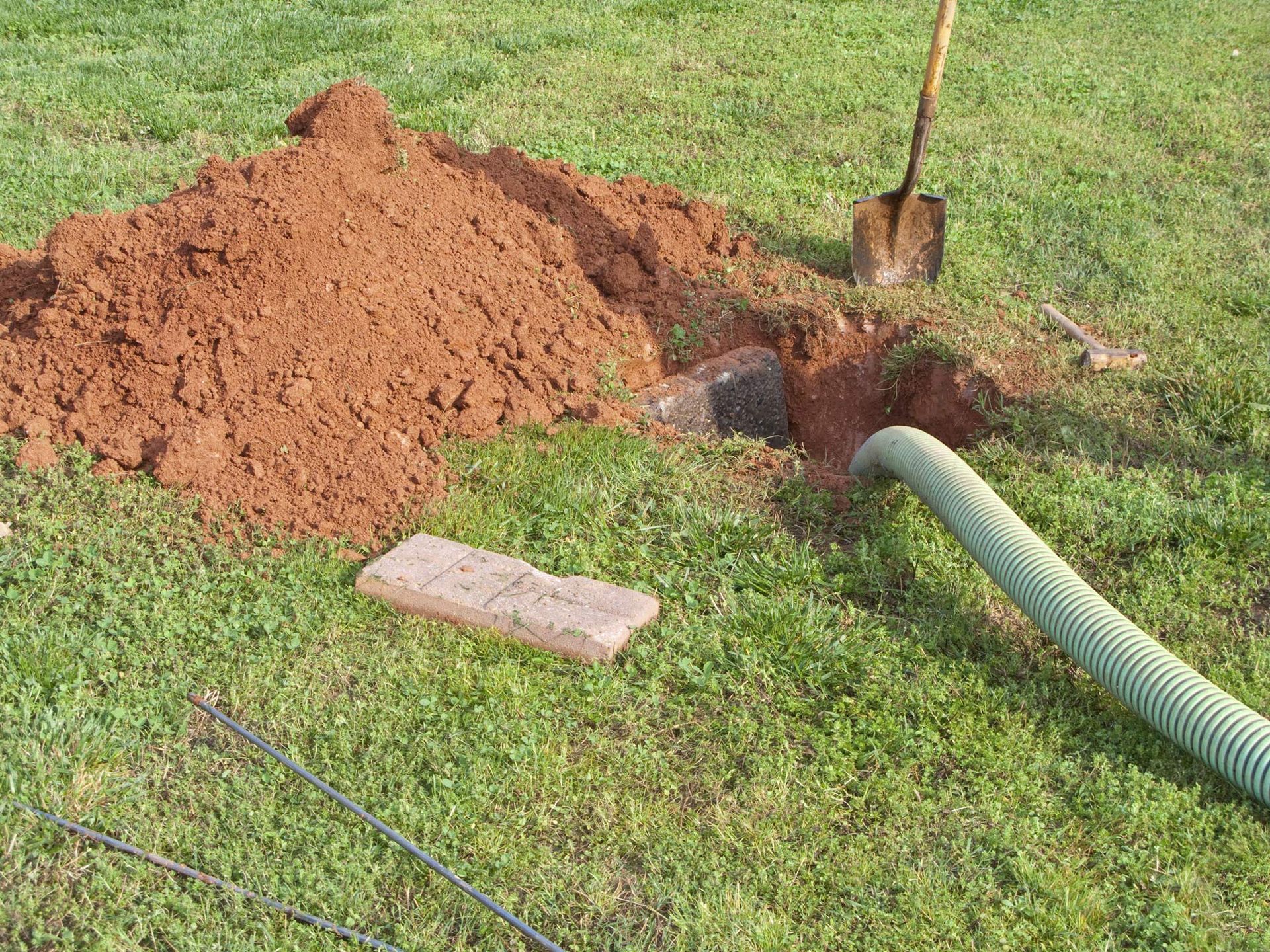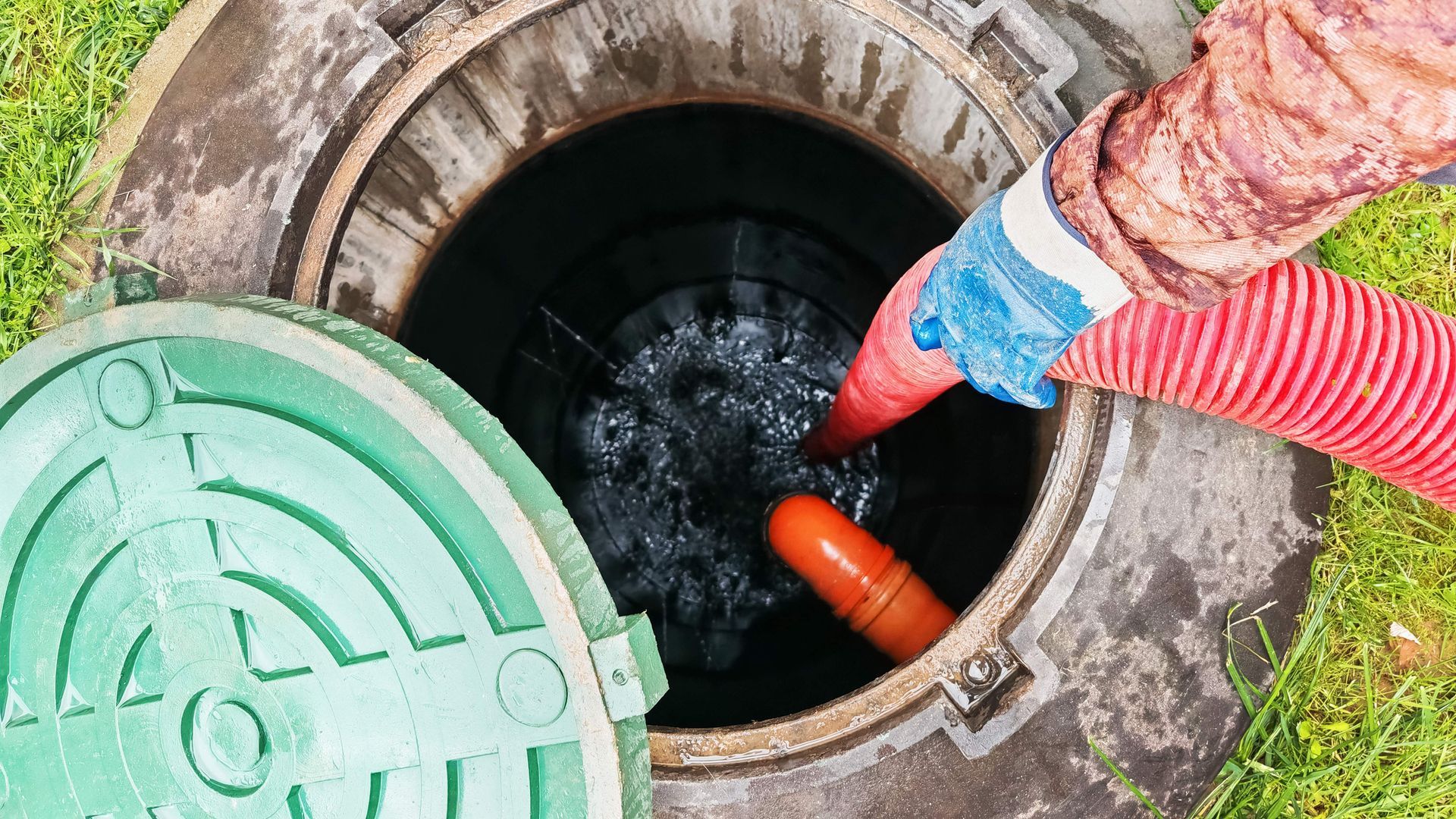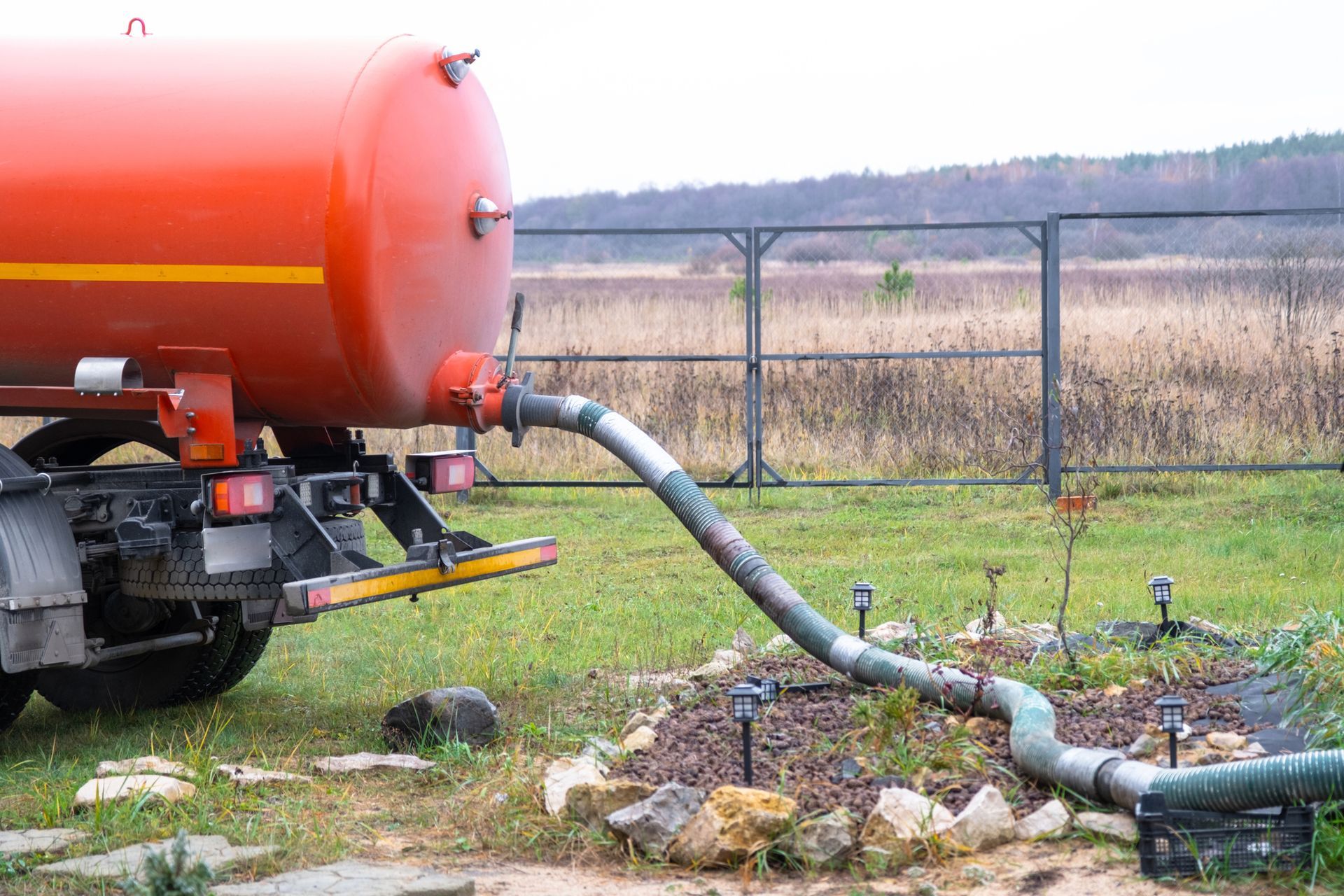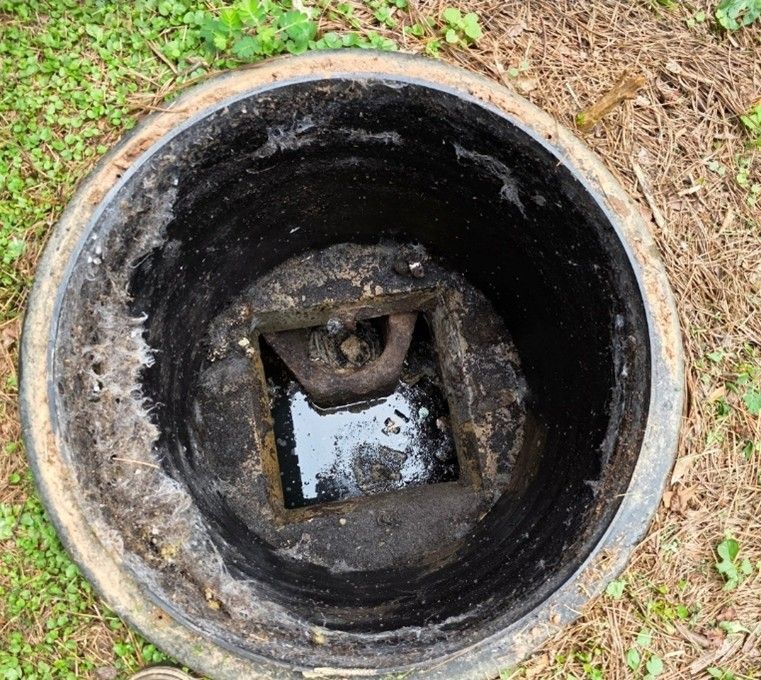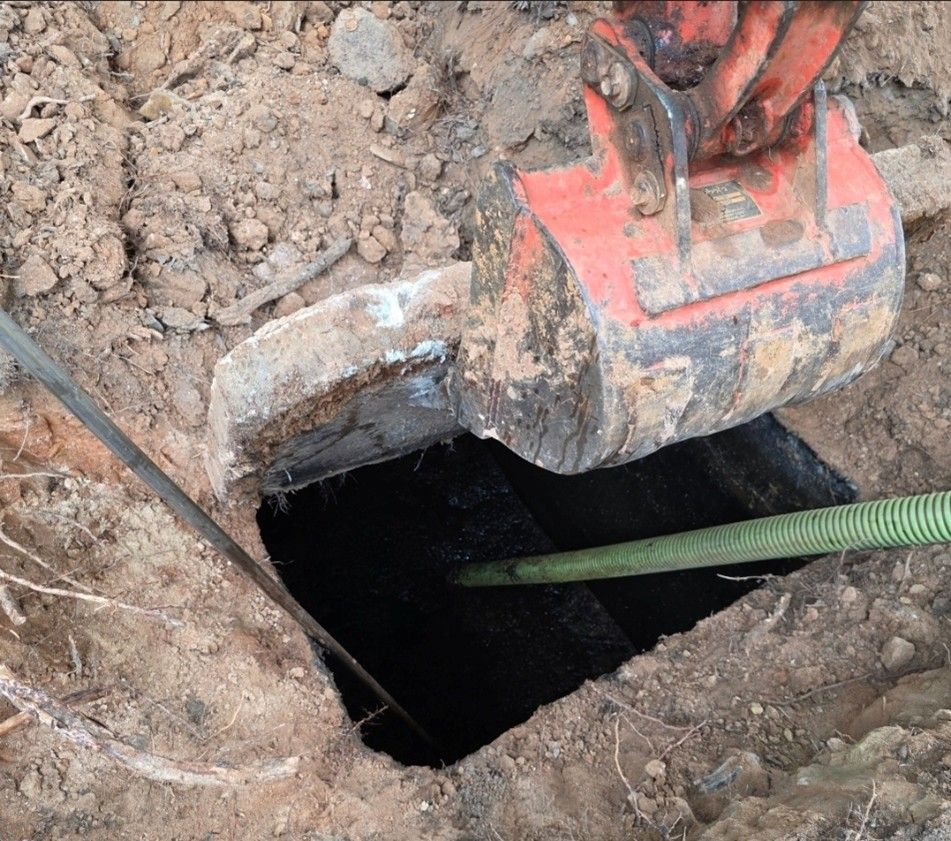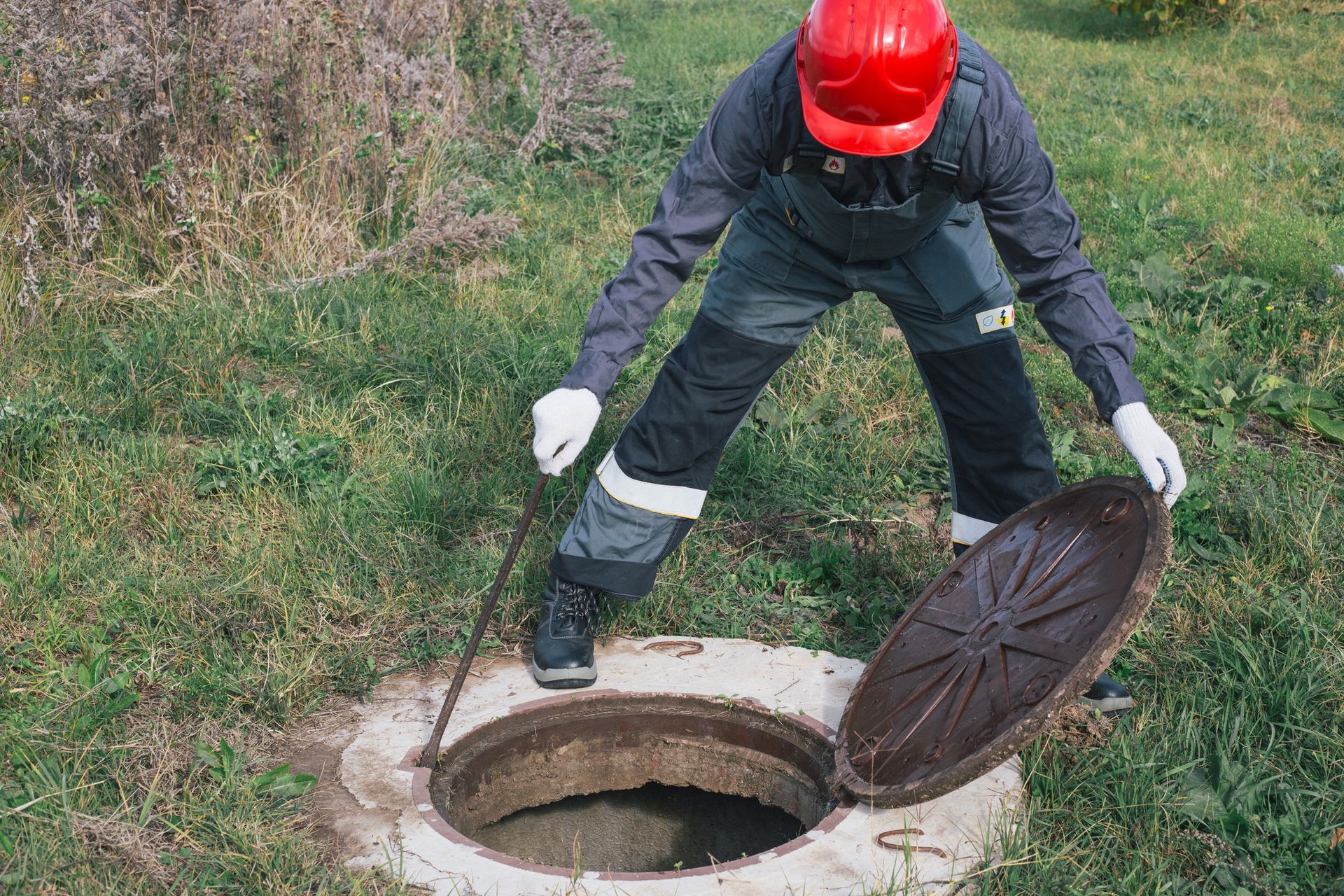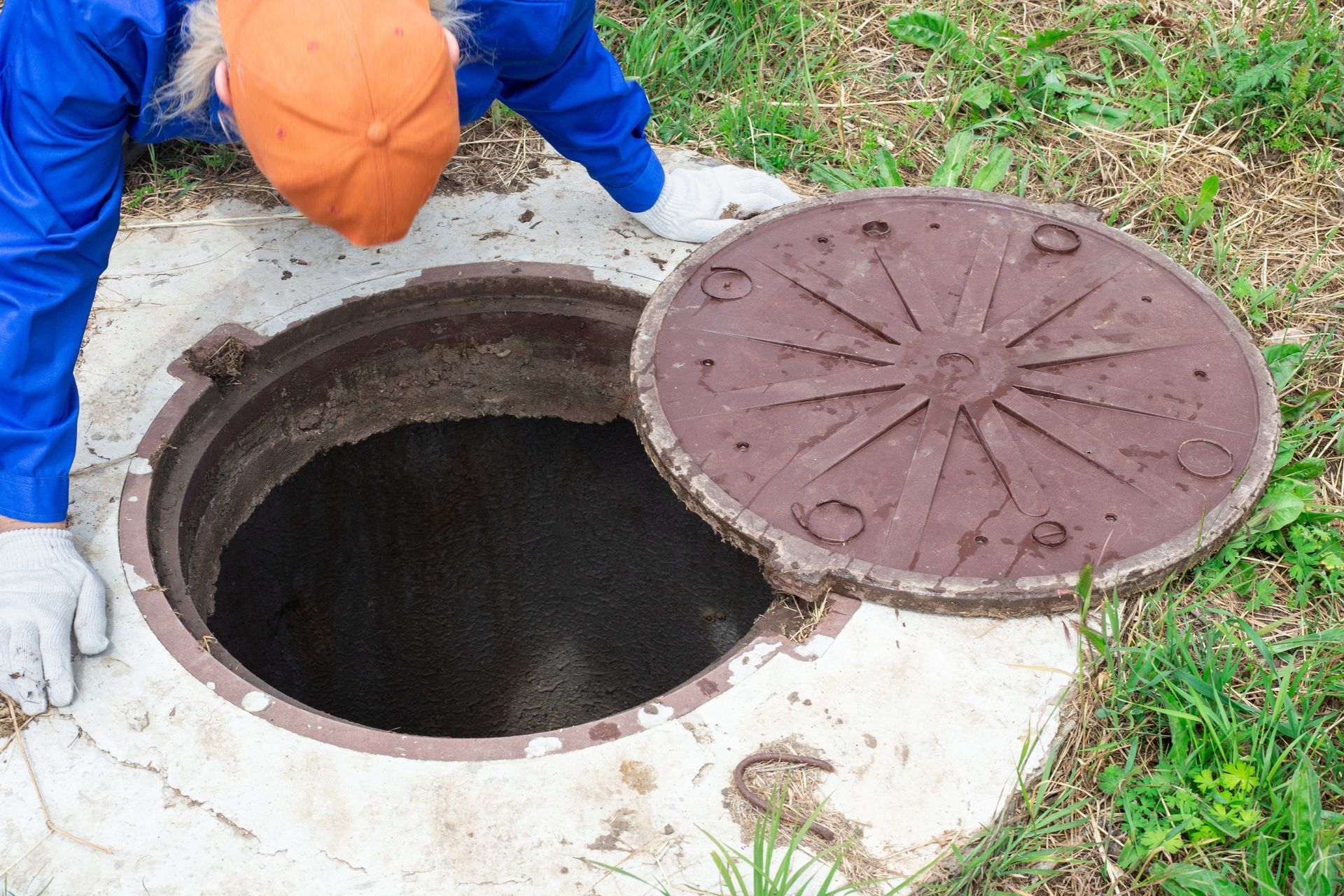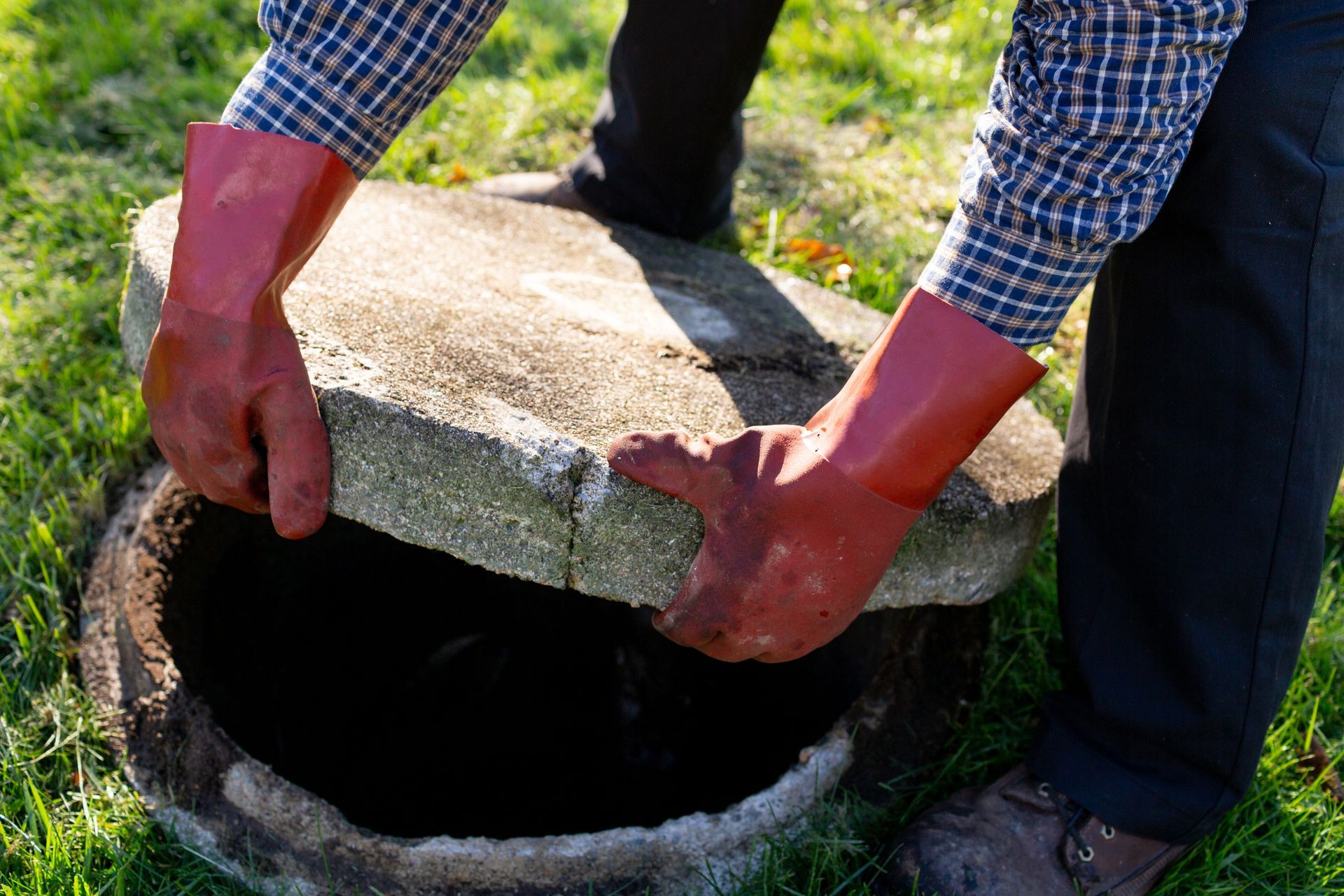4 Steps to Prepare Your Septic Tank for Rainfall
When you have a septic tank at your home, chances are high that you know the practices associated with it. In addition, as a resourceful person, you likely understand how weather changes can affect your septic tank. In the case of rainfall, the major question is whether your septic tank can withstand a heavy pour. Find below the four steps you should take to prepare your septic tank.
The duration between each interval for inspection of your septic tank varies. A standard household septic system undergoes professional inspection every three years . The inspection is annual for advanced systems with electrical and mechanical components.
Rain affects the absorption rate of the soil around your septic tank. As a result, the runoff water affects the drainfield of your septic tank. If the runoff doesn’t drain properly, excess water from your house will find no exit point.
Solve this problem through regular visits from septic service professionals. When you call a septic tank professional, they assess scum and sludge layers in your septic tank for leaks. In addition, they note down the repairs and tank condition of your septic tank. This information will guide you on whether you are ready for the rains.
If your septic tank can't withstand the rains, take appropriate measures to pump out excess waste and put the tank in good condition.
The drainfield is the most important component of your septic tank drainage system. It allows the excess water to flow into the ground.
The topography of your drainfield should be higher than the rest of the field in general. This consideration is because the absorption field's increased terrain prevents the accumulation of excess rainwater. As such, water can flow away from the drainfield.
Also, you shouldn't drive heavy vehicles around your drainfield. When you drive heavy vehicles near the drainfield, you obstruct the natural flow of water. This development is because you create wheel tracks that promote rainwater accumulation.
Keep the soil above your drainfield loose. Loose soil allows the escape of excess water through evapotranspiration. In addition, proper aerated soil above your septic tank avails oxygen to microbes in the soil. These microbes help break down the waste as it builds up.
Toilets consume about 30% of your household's daily average water usage. This number is an average and is even higher for people in old houses. You might still have inefficient toilets that use about six water gallons per flush if you have an old house.
This situation means that you spend huge amounts of water that end up in your septic tank. In rain, this excess water may result in floods or even backflow to your house.
The recommended federal standard for toilets is 1.6 gallons per flush. However, you aren't limited to this number, as advanced toilets can flush at 1.2 gallons per flush. When you replace inefficient toilets, you prevent a quicker fill-up of your septic tank.
The drainfield of your septic tank is an excellent environment for plant life to thrive. In addition, the waste from your house provides nutrients for plant life. As a result, you often find that the land around your drainfield is lush green.
Vegetation also acts as a water stagnation area in the event of rains. Therefore, take time to cut down the grass around your drainfield if you expect rainfall. Also, plant your ornamental trees at a fair distance from the septic tank. Tree roots compromise the structural integrity of your septic tank if you plant them close to it. Usually, such situations become exacerbated in heavy downpours.
When you keep your septic tank in good shape, you can be sure that it will perform its purpose in bad weather. The septic tank is an efficient system of household waste. However, it only functions best when you carry out proper maintenance practices. At Bowen's Septic Tank, we are ready to help you keep your septic system in good health in preparation for the rains. Call today.
1. Inspect in Advance
The duration between each interval for inspection of your septic tank varies. A standard household septic system undergoes professional inspection every three years . The inspection is annual for advanced systems with electrical and mechanical components.
Rain affects the absorption rate of the soil around your septic tank. As a result, the runoff water affects the drainfield of your septic tank. If the runoff doesn’t drain properly, excess water from your house will find no exit point.
Solve this problem through regular visits from septic service professionals. When you call a septic tank professional, they assess scum and sludge layers in your septic tank for leaks. In addition, they note down the repairs and tank condition of your septic tank. This information will guide you on whether you are ready for the rains.
If your septic tank can't withstand the rains, take appropriate measures to pump out excess waste and put the tank in good condition.
2. Improve Your Drainage
The drainfield is the most important component of your septic tank drainage system. It allows the excess water to flow into the ground.
The topography of your drainfield should be higher than the rest of the field in general. This consideration is because the absorption field's increased terrain prevents the accumulation of excess rainwater. As such, water can flow away from the drainfield.
Also, you shouldn't drive heavy vehicles around your drainfield. When you drive heavy vehicles near the drainfield, you obstruct the natural flow of water. This development is because you create wheel tracks that promote rainwater accumulation.
Keep the soil above your drainfield loose. Loose soil allows the escape of excess water through evapotranspiration. In addition, proper aerated soil above your septic tank avails oxygen to microbes in the soil. These microbes help break down the waste as it builds up.
3. Get High-Efficiency Toilets
Toilets consume about 30% of your household's daily average water usage. This number is an average and is even higher for people in old houses. You might still have inefficient toilets that use about six water gallons per flush if you have an old house.
This situation means that you spend huge amounts of water that end up in your septic tank. In rain, this excess water may result in floods or even backflow to your house.
The recommended federal standard for toilets is 1.6 gallons per flush. However, you aren't limited to this number, as advanced toilets can flush at 1.2 gallons per flush. When you replace inefficient toilets, you prevent a quicker fill-up of your septic tank.
4. Keep Vegetation Short
The drainfield of your septic tank is an excellent environment for plant life to thrive. In addition, the waste from your house provides nutrients for plant life. As a result, you often find that the land around your drainfield is lush green.
Vegetation also acts as a water stagnation area in the event of rains. Therefore, take time to cut down the grass around your drainfield if you expect rainfall. Also, plant your ornamental trees at a fair distance from the septic tank. Tree roots compromise the structural integrity of your septic tank if you plant them close to it. Usually, such situations become exacerbated in heavy downpours.
When you keep your septic tank in good shape, you can be sure that it will perform its purpose in bad weather. The septic tank is an efficient system of household waste. However, it only functions best when you carry out proper maintenance practices. At Bowen's Septic Tank, we are ready to help you keep your septic system in good health in preparation for the rains. Call today.


